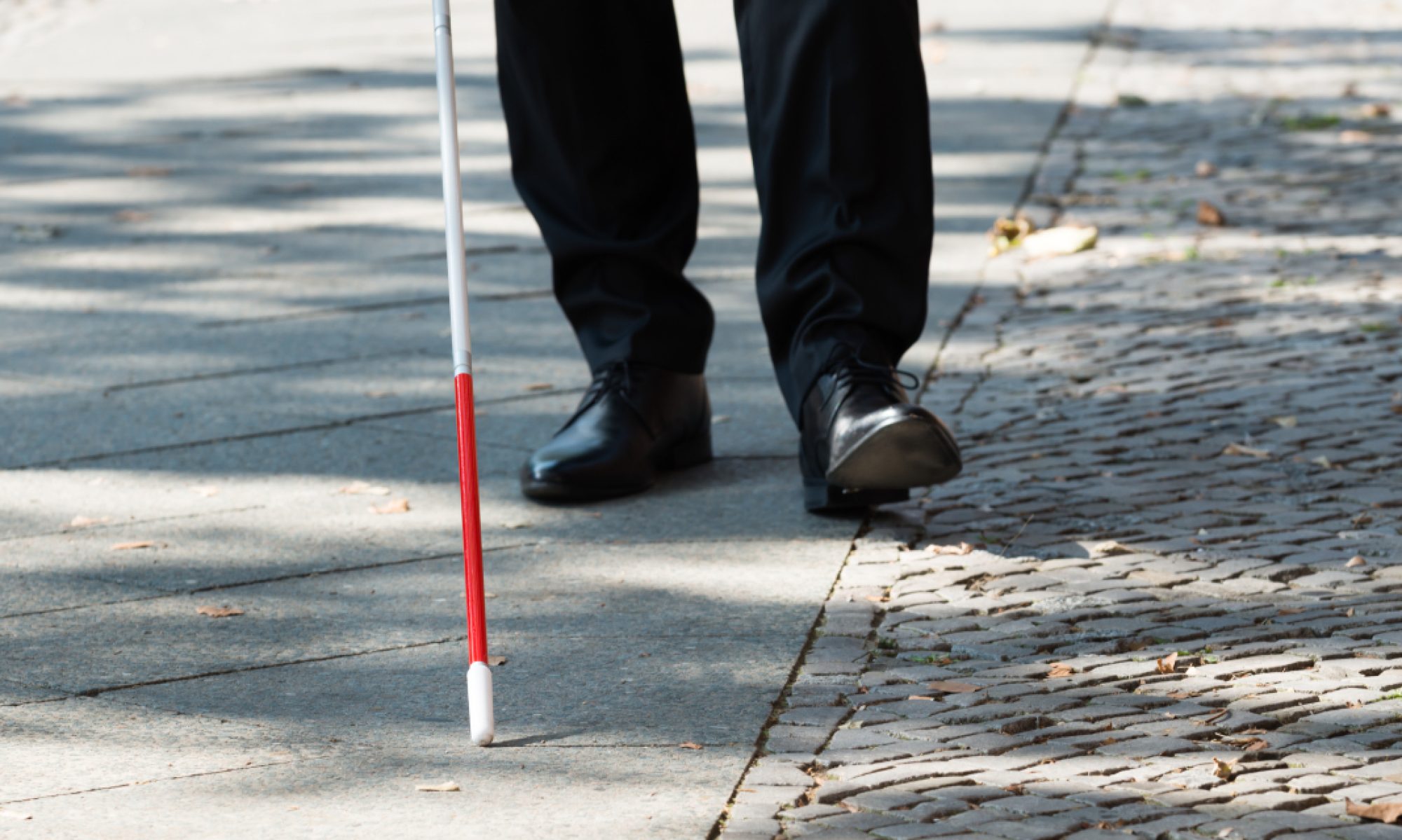Accomplishments this week:
This week, I worked with Cynthia on improving the accuracy of our object detection model in harsher environments, specifically places with low lighting. This way we did this is by retraining our model but with a learning rate scheduler and data augmentation. After retraining, we did notice better results in the harsher environments. Additionally, I started performing tests to verify the accuracy of our project, specifically the FSR test, the weight test, and the beginning of the CV test.
Reflection on schedule:
On schedule
Plans for next week:
Finish CV testing and working on poster.
New tools:
As I designed the project, some new tools I learned were general linux and OS commands to debug the Jetson errors. Some learning strategies I used to acquire this knowledge were online NVIDIA discussion boards and online tutorial videos.
